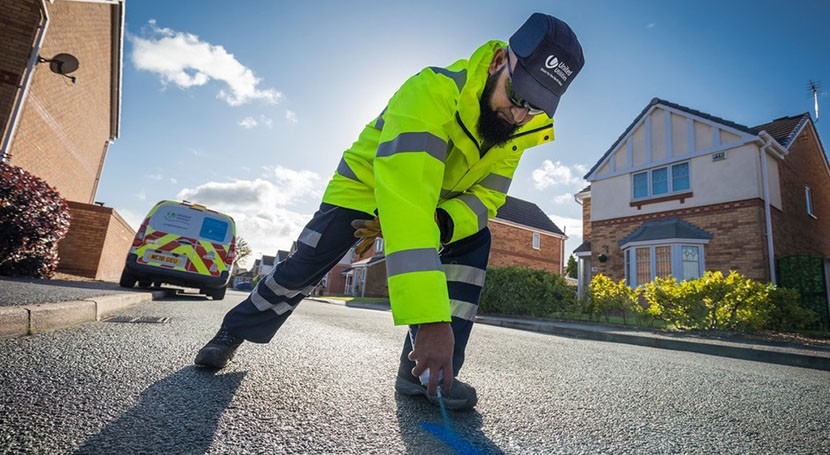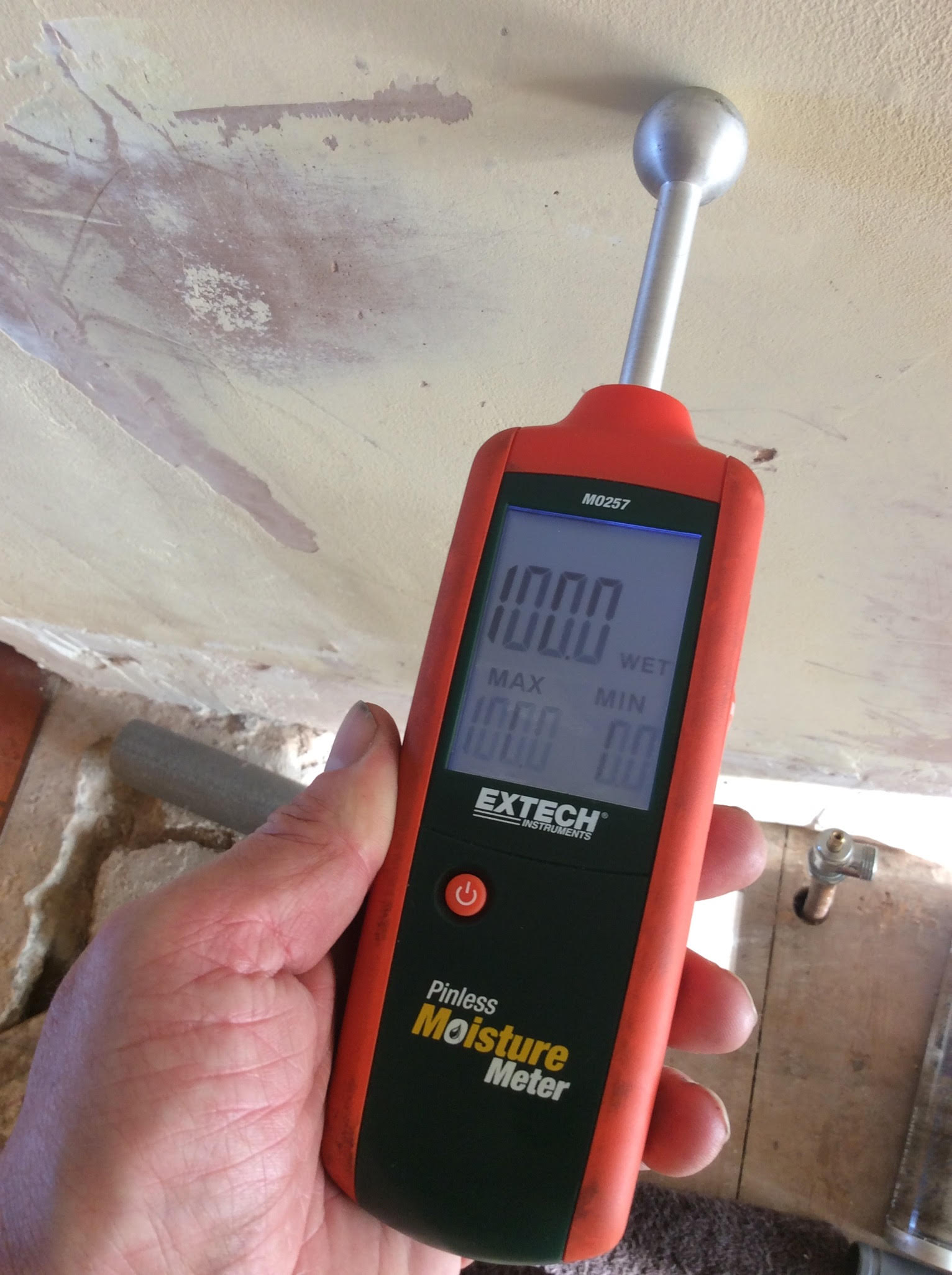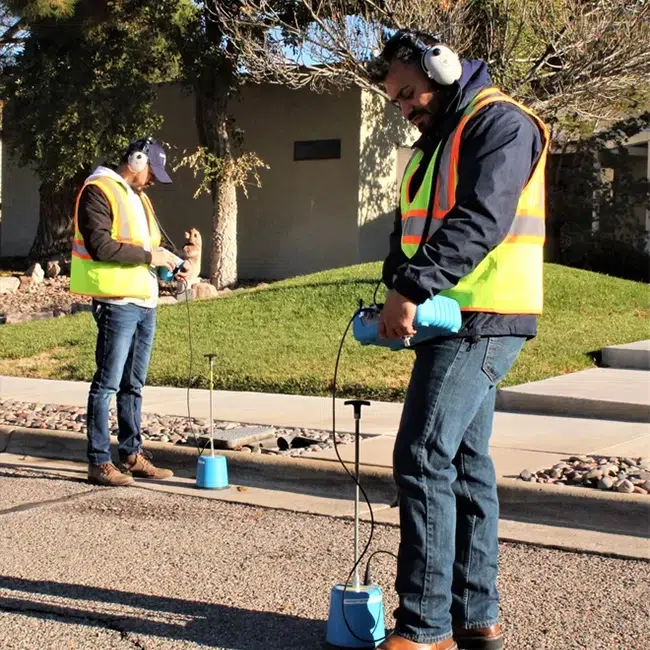Innovative Solutions for Very Early Discovery of Water Leakages in Buildings and Infrastructure
From innovative leak discovery modern technologies to the deployment of IoT sensors for real-time monitoring, the landscape of leak prevention is developing quickly. Automated water flow analysis systems are reshaping exactly how leakages are recognized and resolved, leading the means for a proactive approach to water leak detection.
Advanced Leak Discovery Technologies
Advanced leak detection modern technologies, equipped with cutting-edge sensors and formulas, play an important duty in promptly recognizing and identifying water leaks in various setups. These technologies employ a mix of acoustic, thermal, and electro-magnetic noticing techniques to discover leaks properly. Acoustic sensing units discover the noise of leaving water, permitting exact localization of the leak source. Thermal imaging spots temperature level adjustments brought on by water leak, providing one more reliable method for leakage recognition. Electromagnetic sensing units can identify modifications in magnetic fields triggered by water, offering yet an additional layer of leak detection ability.

IoT Sensors for Real-Time Monitoring
In the realm of modern water leakage detection, the integration of IoT sensing units for real-time surveillance represents an essential improvement in boosting proactive leak detection abilities. These sensors provide constant tracking of water systems, offering real-time data on water flow prices, stress variants, and temperature changes. By leveraging IoT technology, these sensors can find even the tiniest abnormalities in water use patterns, making it possible for very early recognition of potential leakages prior to they intensify right into significant problems.
IoT sensors transfer information to a central system, where advanced formulas examine the details and generate alerts or notifications when abnormalities are found. This real-time monitoring ability permits homeowner or center supervisors to immediately address leakages, minimizing water damage, reducing fixing costs, and preserving water sources.
Additionally, IoT sensors can be integrated with structure administration systems, permitting computerized actions to found leaks, such as closing off water shutoffs or activating pumps to minimize the influence of leakages. On the whole, the implementation of IoT sensing units for real-time tracking substantially improves the effectiveness and performance of water leak detection in structures and framework.
Equipment Discovering Algorithms for Leakage Prediction

One secret benefit of making use of device knowing for leak forecast is its ability to continuously discover and boost its accuracy gradually. As more data is collected and fed into the algorithm, it can refine its forecasts and adjust to altering conditions, inevitably boosting the dependability of leak detection systems.
Additionally, device learning formulas can assist in identifying refined signs of leaks that may go undetected by typical surveillance methods. water leak detection. By examining intricate information embed in real-time, these algorithms can offer early warnings and notifies, permitting for punctual treatment like it and preventative upkeep to alleviate prospective water damages and associated costs
Using Thermal Imaging for Leak Detection
Thermal imaging technology offers an encouraging strategy for spotting water leakages in different systems and infrastructures. By making use of infrared radiation and temperature level variances, thermal imaging cameras can recognize covert leakages that are not easily visible to the naked eye. When water gets away from pipes or structures, it often alters the temperature of the bordering area, developing temperature level differentials that thermal cameras can record. These temperature level irregularities are after that converted into noticeable photos, highlighting the specific location of the leakage.
One of the key benefits of thermal imaging for leakage detection is its non-intrusive nature. Unlike conventional techniques that might require burglarizing wall surfaces or floors to situate leaks, thermal imaging allows for non-destructive screening. This not just saves time and reduces expenses yet additionally lessens disturbance to the structure or facilities being analyzed. In addition, thermal imaging can swiftly check huge locations, supplying a detailed overview of possible leakage sources in a prompt way. Overall, the use of thermal imaging modern technology boosts the efficiency and accuracy of water leakage detection, making it a valuable tool for maintaining the stability of structures and frameworks.
Automated Water Circulation Evaluation Systems
How can computerized water circulation evaluation systems transform the discovery and monitoring of leaks in different systems and facilities? Automated water circulation evaluation systems offer a proactive method to leak discovery by constantly checking water flow rates and patterns. By developing baseline information, these systems can swiftly determine inconsistencies that might suggest a leakage, allowing punctual intervention to stop comprehensive damage.
These systems use innovative formulas to examine real-time data and supply instant informs when anomalies are detected, permitting swift activity to be taken. Furthermore, computerized water flow analysis systems can be incorporated with building management systems or IoT platforms, boosting general performance and making it possible for remote monitoring abilities.
Moreover, the information accumulated by these systems can be used for predictive upkeep objectives, aiding to determine prospective weak factors in the framework prior to leakages happen. Overall, read this the application of computerized water flow evaluation systems can dramatically boost leakage detection and administration practices, ultimately resulting in cost savings, decreased water waste, and boosted sustainability in buildings and infrastructure.

Final Thought
To conclude, the integration of innovative leakage detection modern technologies, IoT sensing units, equipment knowing algorithms, thermal imaging, and computerized water circulation analysis systems offers innovative services for early detection of water leakages in structures and framework. These modern technologies see this site make it possible for real-time tracking, prediction of leakages, and effective discovery approaches to stop water damages and wastage. Applying these remedies can help in keeping the stability and sustainability of water supply in numerous setups.